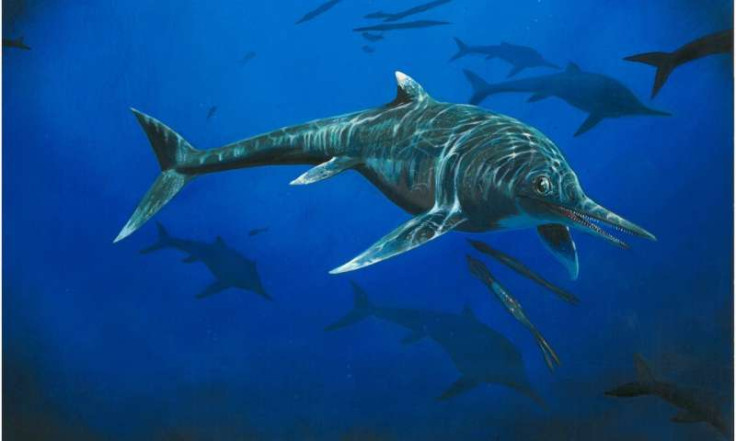Scientists discover giant sea creature remains in Swiss Alps
Ichthyosaurs dominated the seas around 250 million years ago
Scientists have discovered the remains of a giant sea creature in the Swiss Alps. The remains of an ichthyosaur, which are believed to have huge teeth, were found at an altitude of more than 9,000 feet in Switzerland.
The study was conducted by a multidisciplinary team of scientists and the outcomes have been published in the Journal of Vertebrate Palaeontology.
The scientists have discovered a part of an ichthyosaur tooth, which is the largest ever found from such a creature. They believe that it is hard to predict the size of a giant ichthyosaur based on a tooth alone, but the new findings will certainly help reveal more information about the species.
A previous such study had managed to discover an ichthyosaur measuring nearly 50 feet long, possibly making the owner of this newly discovered tooth one of the largest animals ever to live. The marine reptiles were skillful hunters and swimmers as well, writes The Mirror.
Ichthyosaurs had become extinct 90 million years ago and were larger than a blue whale. Despite their size, Ichthyosaurs could reach speeds of up to 22mph, per the study.
According to information available on NASA's website, the Earth was flourishing with life about 250 million years ago, but somehow over 90% of all life perished during a period called Permian-Triassic extinction also known as "the Great Dying."
"It's all very, very scanty evidence. We have these ghosts swimming in the late Triassic oceans for tens of millions of years, and we don't know what they look like. It's an embarrassment for palaeontology," said Prof. Martin Sander, a co-author of the study.
"For a while we thought they had teeth. Then we thought, well, we never find any teeth. Now we have the tooth of a giant and a giant tooth. So, some of them have teeth," he added.
In 2020, a team of palaeontologists had found a giant species of reptile intact and well-preserved inside the stomach of a large ichthyosaur fossil in the Guizhou province of southwestern China.
The marine carnivore was first discovered in 2010. However, it took scientists an entire decade to finally excavate the entire fossil and conduct further examinations.

© Copyright IBTimes 2025. All rights reserved.






















